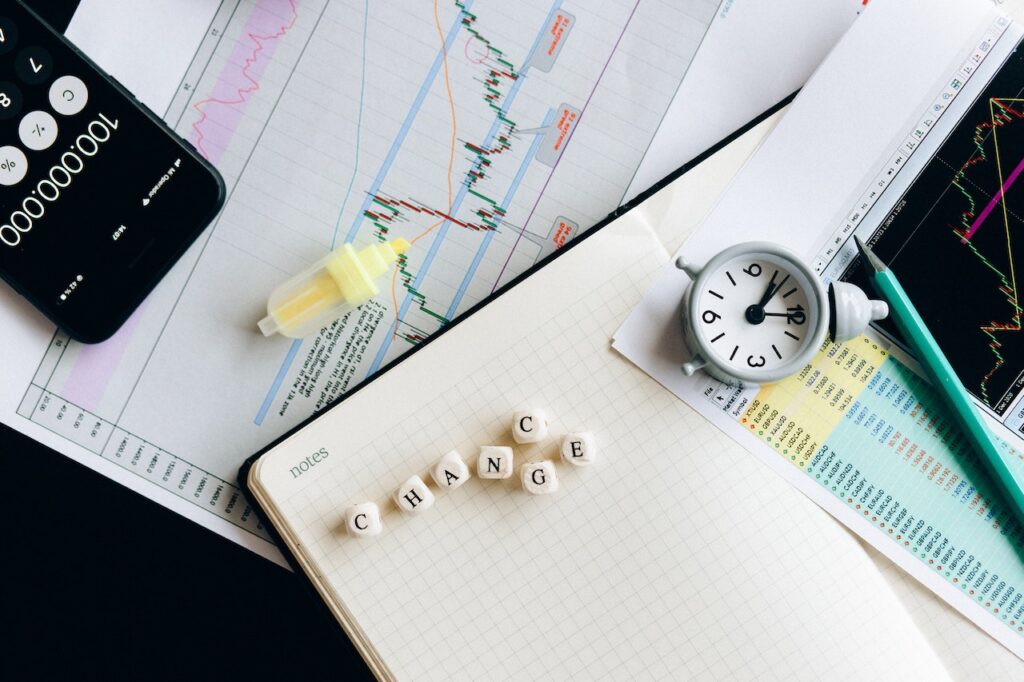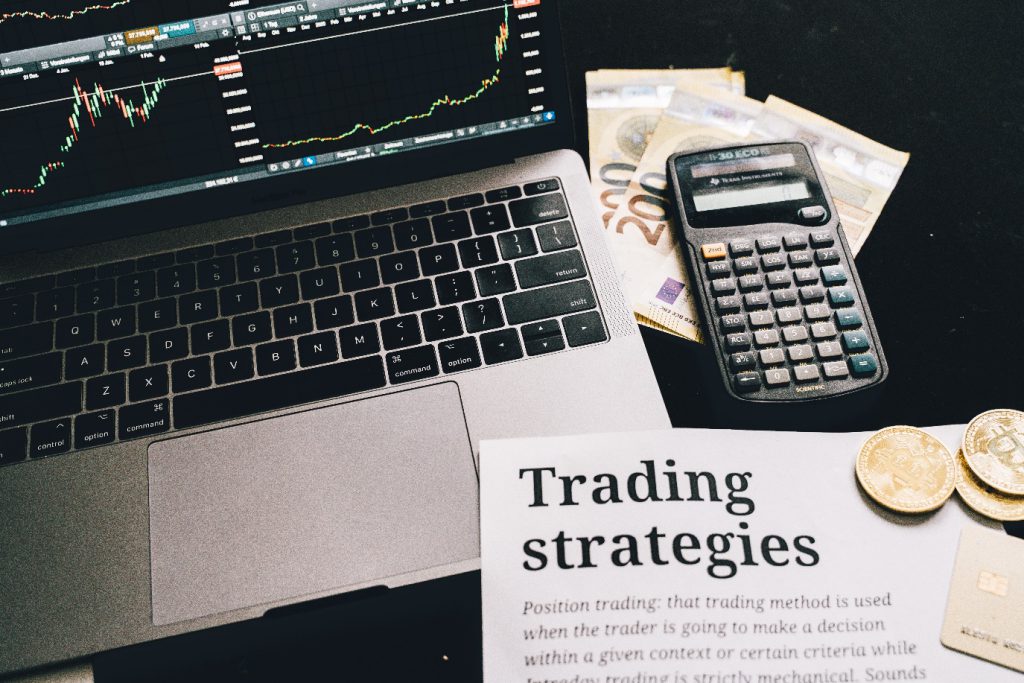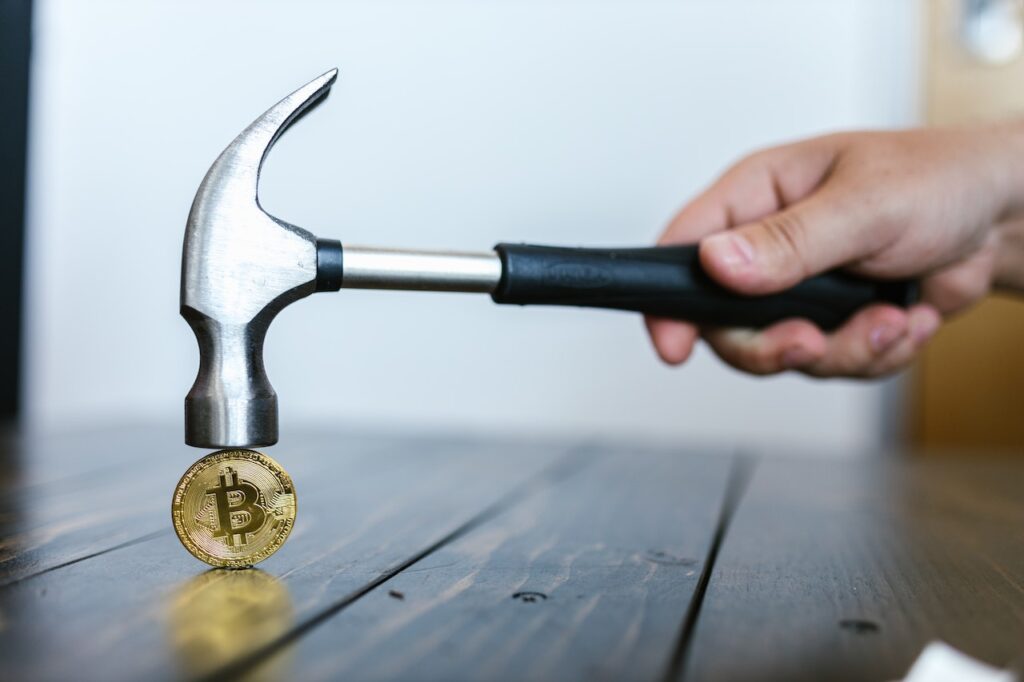There are several factors that should be considered before embarking on a forex trading career. These include Leverage, Probability of meaningful losses, and the mental capacity needed. These factors will help you decide if this is a viable option for you. In addition, you should understand how to maximize your earning potential.
Leverage
Leverage is one of the most important tools in forex trading, as it can allow you to take advantage of smaller price movements. This kind of leverage can also make your capital stretch further. But you need to know how to use it and when. Also, you need to know the risks associated with this type of leverage.
Leverage can be very beneficial if you’re a beginner or a professional trader. It can increase your profit potential and allow you to trade with much larger accounts. A typical forex trading leverage is 1:50, and this means that you can trade with a $1000 trading account and make $50,000.
Frequency of trades
If you are looking to invest in Forex, you should know that the frequency of your trades is very important. The average return of a Forex trade depends on how many transactions you make in a day. If you make just one trade, it will significantly lower your overall ROI, which is your profit over the initial account balance. Therefore, it is important to consider the frequency of your trades before depositing any money in your account.
The amount of capital you have is another factor that impacts your profitability in Forex trading. The more money you invest, the higher your profit margins will be. However, if you don’t have a lot of money, you can invest in Forex with small amounts and gradually increase your capital. It is also important to remember that forex trading involves risk.
Probability of meaningful losses
There is no such thing as a sure-fire formula when trading forex, but you should know that there is a probability of losing money. You can calculate the probability of losing money using the Sharpe Ratio, also known as the reward-to-variability ratio, which relies on the concepts of the normal distribution and standard deviation. This ratio will give you a way to evaluate the performance of your trading system and adjust for risk. The first step in calculating the Sharpe Ratio is to calculate Holding Period Returns (HPR). For example, if you made a trade worth 10%, you would have a HPR of 1.10; if you lost 10%, the HPR would be 0.90.
The probabilities of losses can vary significantly with different trading strategies, so it is important to understand the risks involved before implementing any strategy. In general, trading systems assume that a certain percentage of trades will be profitable. However, this isn’t always the case. Some strategies are so risky that they can make losses in as little as 70 percent of trades.
Mental capacity required
Forex trading is a fast-paced business, and without the proper mental capacity, it can be overwhelming. In addition to proper training, traders must be mentally fit to cope with the high-stress environment. A lack of mental capacity can lead to huge losses and an unprofitable career as a Forex trader.
Besides having a good analytical mind and a systematic system, forex traders need to be emotionally stable and prepared for losses. These factors are often overlooked, but traders must be mentally strong enough to deal with multiple losses in a row. Many people overlook the mental capacity required to be profitable in forex trading.
Diversification
Diversification is an important strategy in forex trading. The best way to implement this strategy is by having a large trading account. You should have enough money in your trading account to pay for your lifestyle and cover any financial losses. Diversification is the key to profitable trading and it can be used in both small and big accounts. The size of your account will determine how much exposure you receive from different types of trading. However, diversification doesn’t mean that you should abandon the traditional way of trading.
Diversification involves investing in multiple currency pairs. While most currency pairs have some correlation, you should make sure that the pair you’re investing in is completely uncorrelated. In other words, you shouldn’t invest in the Canadian dollar and the Australian dollar at the same time. These two products have different dynamics, meaning that a trader who places the bulk of his money in the Canadian dollar may lose money on the other pair.









Facebook Comments